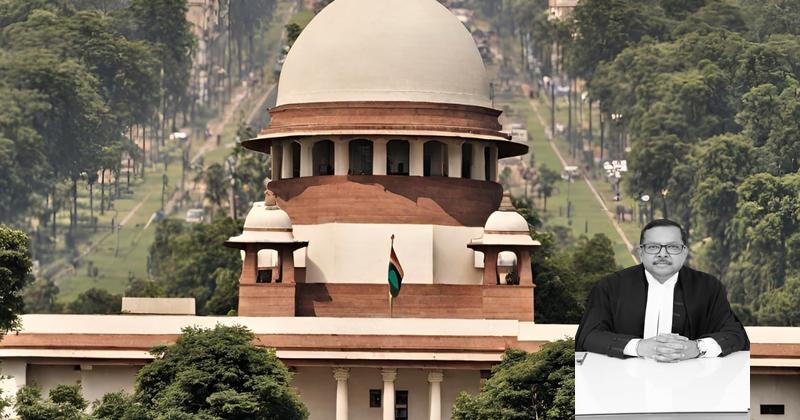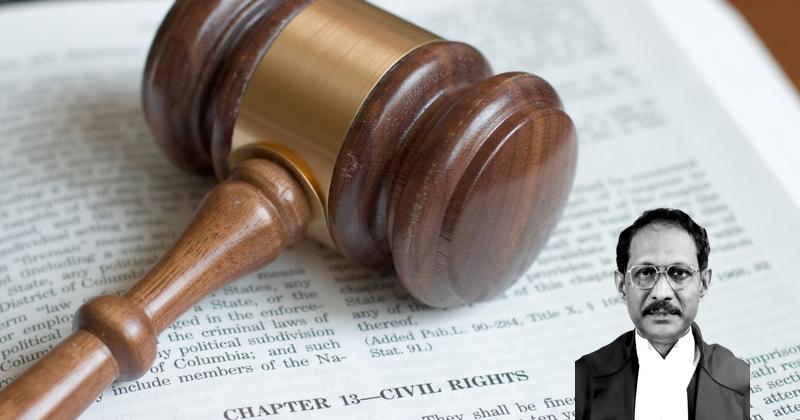Delve into the detailed legal analysis of constructive liability under Section 34 of the IPC as demonstrated in a recent court case. The case sheds light on the necessity of establishing a shared intention among accused parties for constructive liability to apply. Explore the complexities of vicarious liability in criminal law and how the courts assess the presence of a common intention in collective criminal acts. Stay tuned for an insightful examination of how legal principles are applied in cases involving multiple accused individuals.
Facts
- Sukhwinder Singh and his friends were assaulted by three individuals with a stick and fist blows.
- The witnesses’ testimonies were inconsistent regarding the events of the assault.
- Descriptions of injuries on PW1 and PW7 were provided, including clean incised wounds and impact contusions.
- The deceased, Daljit Singh, had severe injuries leading to his death due to haemorrhagic shock.
- Maternal uncle Nirmal Singh nursed ill-will against Sukhwinder Singh.
- Witness Kulwinder Singh alias Babbi did not support the prosecution and was declared hostile.
- The trial pertained to offences under Sections 302, 323, 324 read with Section 34 of the IPC.
- The incident involved a dispute following Sukhwinder Singh’s marriage to Puja Devi.
- Accused Sadhu Singh’s Special Leave Petition was dismissed by the Court.
- The injuries observed were consistent with being caused by a specific weapon.
- The police arrived at the spot post-incident, with Sukhwinder Singh finding Daljit Singh’s lifeless body.
- The Trial Court convicted all three accused under various sections of the IPC
- Accused Nirmal Singh accepted the conviction and did not further challenge it
- High Court dismissed the appeal filed by the convicted accused
- Accused were sentenced to life imprisonment and additional imprisonment terms with fines imposed
Also Read: Electoral Malpractices in Mayor Election
Arguments
- The appellant was not armed with any weapon nor attributed with any specific overt act towards the assault on the deceased by the witness PW1.
- The appellant did not exhort or facilitate the assault in any manner.
- The courts below found the appellant guilty with the aid of Section 34 of the IPC based on active participation without specific attribution of acts.
- The only reference to the appellant was in the context of a collective assault by three individuals, not in the initial quarrel or scuffle.
- The principle of vicarious liability under Section 34 of the IPC requires proof of a prior meeting of minds between principal culprit and companions for constructive liability, which was not established in this case.
Also Read: Balancing Power and Transparency: Electoral Bonds Struck Down, Disclosure Mandated
Analysis
- In the case of Bishu Sarkar and others v. State of West Bengal, the appellants were acquitted of the charge under Section 302 read with Section 34 IPC due to benefit of doubt.
- It was noted that the appellants did not participate in dealing any blow with a weapon and their involvement was limited to participating in a scuffle.
- There was ambiguity regarding whether the appellants’ actions were intended to aid the main accused in delivering a fatal blow.
- Benefit of doubt was granted to the appellants leading to their acquittal of the murder charge under Section 302 read with Section 34 IPC.
- However, the appellants were found guilty of the offence punishable under Section 323 read with Section 34 IPC.
- The appellants were acquitted of all other charges based on the benefit of doubt, allowing them to be set at liberty if they had undergone the sentence for the offence under Section 323 read with Section 34 IPC.
- Appellant 3-accused’s conviction for murder under Section 302 IPC read with Section 34 IPC is not sustainable as no overt act is attributed to him in the melee.
- Evidence proves that Appellant Gangappa assaulted PW 6 with a chappal.
- Allegation that Appellant Gangappa exhorted Accused 1 and 2 to kill the deceased is not proven satisfactorily for murder conviction under Section 34 IPC.
- The evidence does not establish that Appellant 3 shared a common intention with other accused to commit the murder of the deceased Ramesh.
- Appellant Gangappa’s role is limited to giving a chappal-blow to PW 6, the mother of the deceased Ramesh.
Also Read: Recall of Resolution Plan Approval: Legal Analysis
Case Title: RAMESH ALIAS DAPINDER SINGH Vs. THE STATE OF HIMACHAL PRADESH (2021 INSC 198)
Case Number: Crl.A. No.-000347-000347 / 2021



